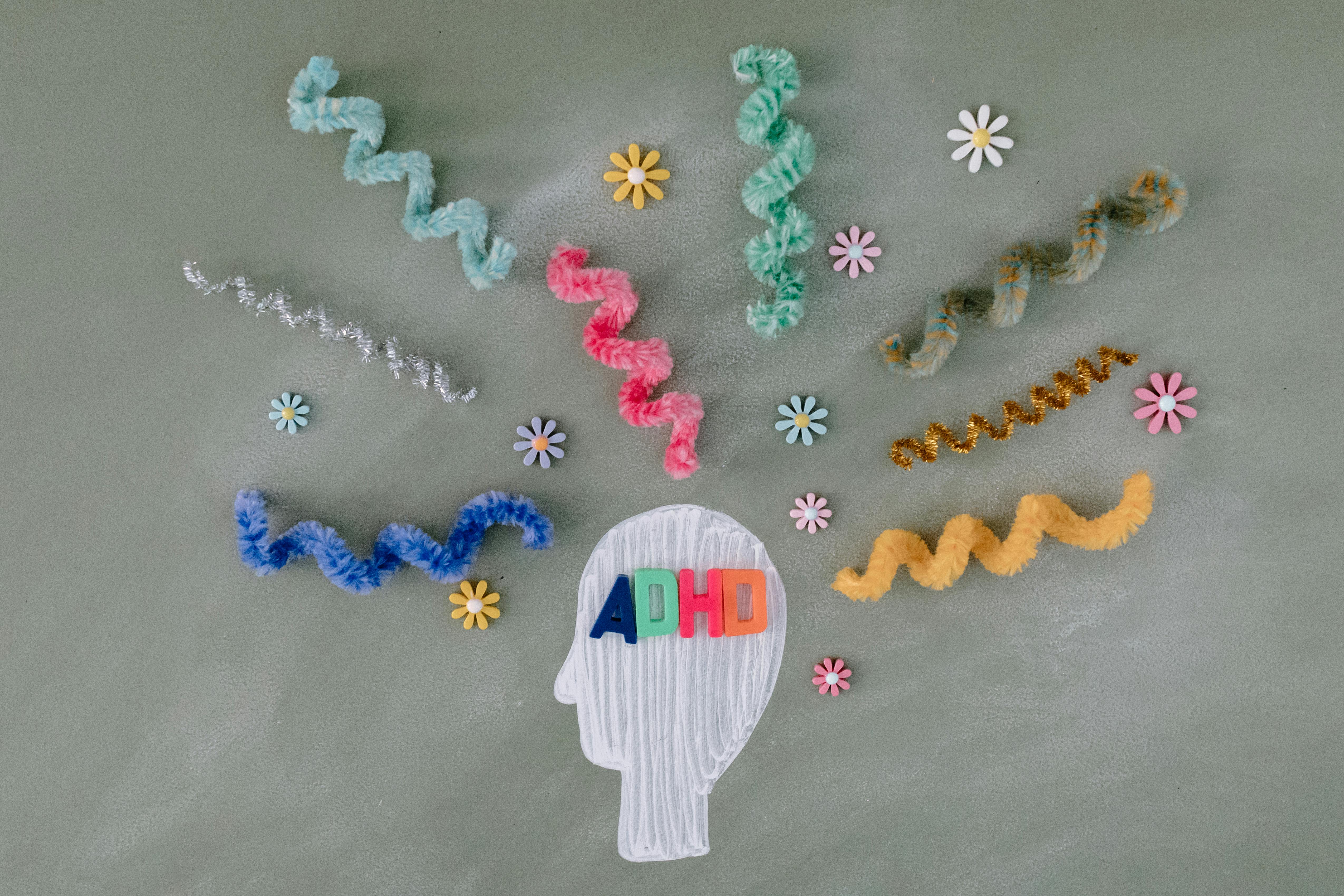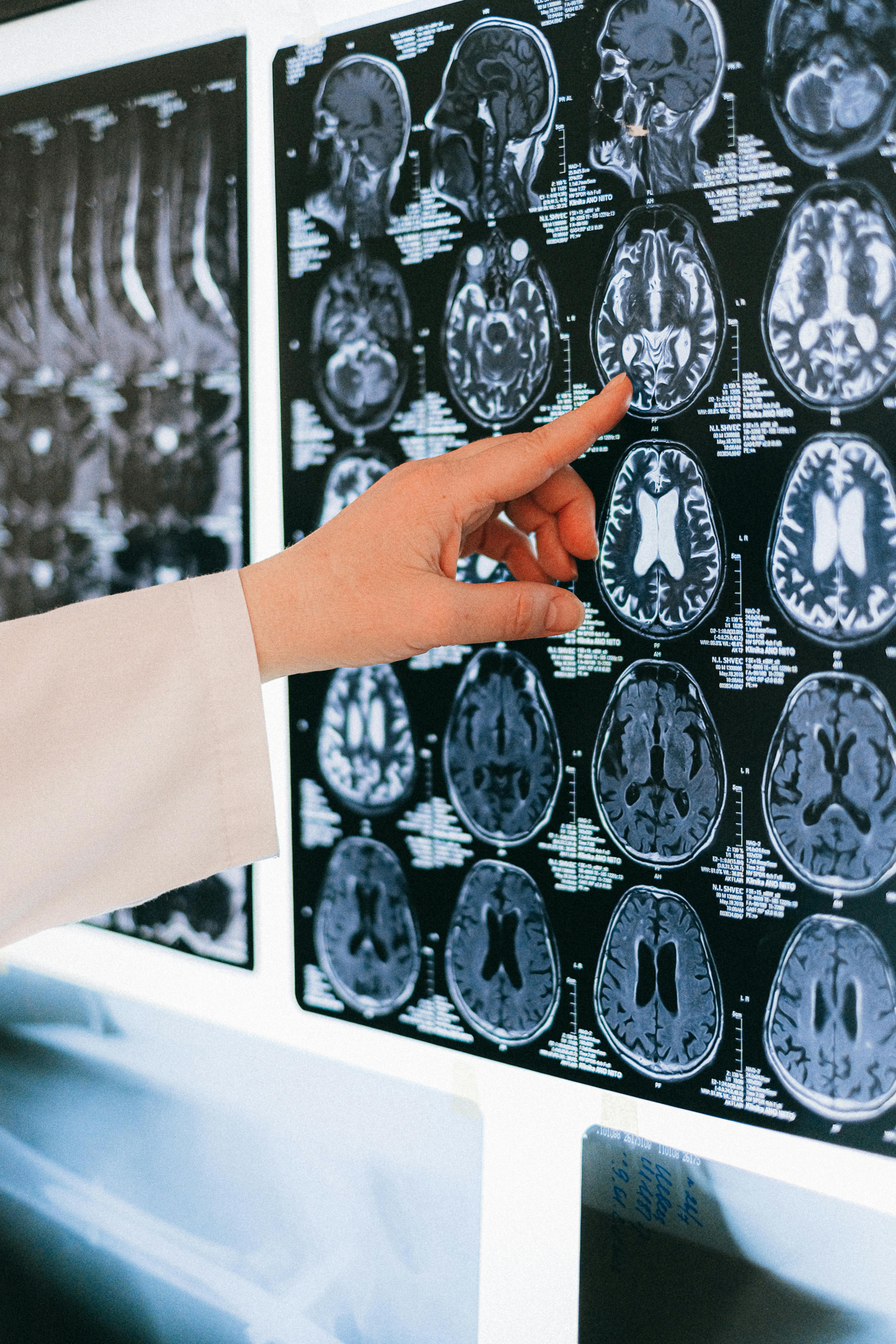🕓 Estimated Reading Time: 4 minutes
Overview
New research has uncovered significant brain structural changes in children and adolescents diagnosed with restrictive eating disorders. The groundbreaking study, published in Translational Psychiatry and led by a consortium of UK universities and NHS Trusts, reveals that young individuals suffering from conditions like anorexia nervosa and atypical anorexia nervosa exhibit reduced gray matter volume and alterations in white matter. Crucially, these changes appear to be a consequence of the illness and show signs of resolving with effective treatment and weight restoration, underscoring the vital importance of early intervention in restrictive eating disorders kids. This finding marks a pivotal moment in understanding the neurobiology of these complex conditions and has profound implications for diagnostic approaches and therapeutic strategies.

Background & Context
Eating disorders, particularly those characterized by restrictive eating, represent a serious global health concern, affecting millions worldwide. While much of the existing eating disorder research has focused on adult populations, there has been a growing recognition of the prevalence and distinct challenges associated with these disorders in younger individuals. Historically, the question of whether brain abnormalities are a cause or a consequence of eating disorders has been a subject of extensive debate. Previous neuroimaging studies on adults with anorexia nervosa have identified brain differences, but the transient nature of these changes, especially in children, remained less clear. This new study aimed to specifically address this gap by examining the brains of young people, providing valuable insights into the direct impact of these conditions on the developing brain.
Researchers from the University of Bath, University of Edinburgh, King's College London, and various NHS Trusts collaborated on this significant endeavor. The study involved detailed MRI scans of 88 young people (aged 8-18) diagnosed with anorexia nervosa, atypical anorexia nervosa, or avoidant restrictive food intake disorder (ARFID), comparing them to 79 healthy control participants. The use of a longitudinal design, with follow-up scans after six months, allowed the researchers to track changes over time, offering a dynamic view of the brain’s response to illness and recovery. The focus on child eating disorders brain alterations specifically highlights the unique vulnerability of the developing brain to nutritional deficits and chronic illness.
Implications & Analysis
The findings of this comprehensive study illuminate the specific brain structural changes linked to restrictive eating disorders in young people. Researchers observed reduced gray matter volume in key brain regions, including the precuneus, cuneus, and areas of the frontal gyrus. These regions are critically involved in functions such as self-regulation, body image perception, and interoception—the sense of the internal state of the body. Additionally, the study identified alterations in white matter integrity, which indicates disruptions in the neural pathways that facilitate communication between different brain areas.
What makes this research particularly impactful is the discovery that these brain differences largely resolved when the young people received treatment and restored their weight. This reversibility strongly suggests that the observed brain changes are primarily a consequence of the disorder and the associated malnutrition, rather than pre-existing vulnerabilities or causes. This paradigm shift has profound implications for understanding the disease's trajectory and the potential for recovery. It reinforces the notion that the brain is remarkably resilient, especially during development, and can recover if the underlying physical and nutritional issues are addressed promptly. The study's results highlight a critical window for intervention, suggesting that the sooner treatment is initiated, the greater the likelihood of reversing these physical impacts on the brain and potentially improving long-term outcomes for children with eating disorders.

Reactions & Statements
The research has been met with significant interest from the medical community and patient advocates alike. Dr. Esther Walton, from the University of Bath, a lead author on the study, emphasized the optimistic implications of the findings.
'Our study shows that brain changes are reversible with weight restoration and treatment,' Dr. Walton stated. 'This is good news for young people with eating disorders, as it suggests that these changes are not permanent and that full recovery is possible. It also highlights the importance of early intervention and treatment.'
Dr. Charlotte Hardman, from King's College London, echoed this sentiment, noting the study's contribution to understanding the biological underpinnings of these conditions.
'This research significantly advances our understanding of how restrictive eating disorders impact the developing brain,' Dr. Hardman commented. 'The reversibility of these changes offers a strong rationale for aggressive early intervention strategies.'
Dr. Julian Walz, also from the University of Bath, highlighted the potential for neuroimaging to assist in monitoring recovery.
'Being able to see these changes in brain structure reverse as patients recover provides a tangible, biological marker of progress,' Dr. Walz explained. 'This could one day help clinicians tailor and monitor treatment more effectively.'
Agnes Ayton, a patient advocate who has personal experience with an eating disorder, welcomed the findings, underscoring their validating effect.
'This research validates what many patients and families have intuitively known – that the illness truly changes the brain,' Ayton remarked. 'Knowing these changes are not permanent gives so much hope and emphasizes why we need to act fast when a young person is struggling.'
What Comes Next
This pioneering eating disorder research opens several new avenues for future investigation and clinical application. Researchers plan to delve deeper into the specific mechanisms by which malnutrition affects brain development and how recovery processes facilitate neural restoration. Future studies may explore whether certain subgroups of patients exhibit different patterns of brain changes or recovery, which could inform more personalized treatment approaches. The potential for integrating neuroimaging techniques into routine clinical practice for the diagnosis and monitoring of children with eating disorders is also a significant area for development.
While not yet a standard diagnostic tool, the ability to visualize these reversible changes could offer objective markers of illness severity and treatment effectiveness. Furthermore, this research underscores the critical public health message about the need for increased awareness, early detection, and prompt access to specialized care for young people with eating disorders. Campaigns to educate parents, educators, and healthcare providers about the early signs of these conditions are crucial to capitalize on the 'window of opportunity' for brain recovery identified by this study. Continued investment in understanding the complex interplay between psychological, environmental, and biological factors in the development and persistence of restrictive eating disorders kids remains paramount.
Conclusion
The recent findings highlighting brain structural changes in young people with restrictive eating disorders mark a significant leap forward in our understanding of these challenging conditions. The evidence that these alterations are largely a consequence of the illness and can be reversed with successful treatment and weight restoration offers a powerful message of hope. This vital eating disorder research reinforces the critical importance of early intervention, comprehensive care, and sustained support for affected children and adolescents. As the scientific community continues to unravel the complexities of the child eating disorders brain, these insights are expected to pave the way for more effective, biologically informed diagnostic tools and therapies, ultimately improving the long-term prognosis for countless young lives affected by these serious illnesses.
Comments
Post a Comment